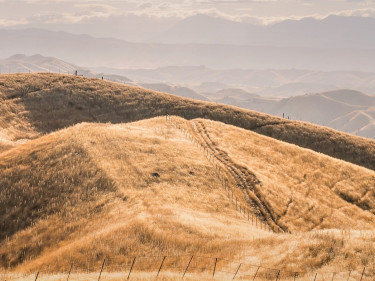Boats are a big part of the traditional Kiwi summer. Make sure you read up on using your boat safely, so that you can have fun without increasing your risk of fire.
Boat safety
- Make sure there are clear routes leading to and from accommodation spaces. This means people should be able to get in and out of confined spaces easily.
- Check that any fire fighting equipment is appropriate to the risks, maintained in good order and available for use.
- There should be enough life jackets for everyone on the boat. Make sure they are in good condition, easy to access and readily available for use in an emergency.
- Have an emergency plan that considers what you would do if a fire occurred anywhere on-board the boat. Practice that plan regularly.
- Secure batteries in a place that does not allow flammable gas to accumulate.
- Make sure all gas or liquid-fuelled heating, refrigerating or cooking appliances are properly secured to prevent them from overturning if there is a collision or the boat tips.
- Fit a working smoke alarm in the accommodation area/cabin, unless this space is also the cooking area.
- Always, always wear a lifejacket.
Gas cylinders on boats
When storing gas cylinders on boats, ensure they're either secured on deck away from hatches, or are placed in a properly designed and ventilated container above the water line.
Check out our guide to using BBQs and Gas Cylinders for more information.
Fuelling your boat
Always refuel your boat ashore, never aboard.
The only exception is if you are using a dedicated fuel bowser at the wharf or jetty, which is designed to fill directly into dedicated fixed-position or inbuilt tanks.
While refuelling, follow these steps to reduce the risk of fire:
- Stop the engine.
- Turn off all cooking, heating and lighting appliances.
- Extinguish all cigarettes, pipes and naked flames.
- Close all hatches, doors, etc.
- Monitor fuel levels to avoid overfilling.
- Make sure no fuel is building up unseen within the boat and mop up any spillage.
- Air out the boat before starting up the engine or using naked flames.
Do not carry spare petrol unless essential. If required, store a limited supply of spare fuel in approved containers and keep them securely on the upper deck.














